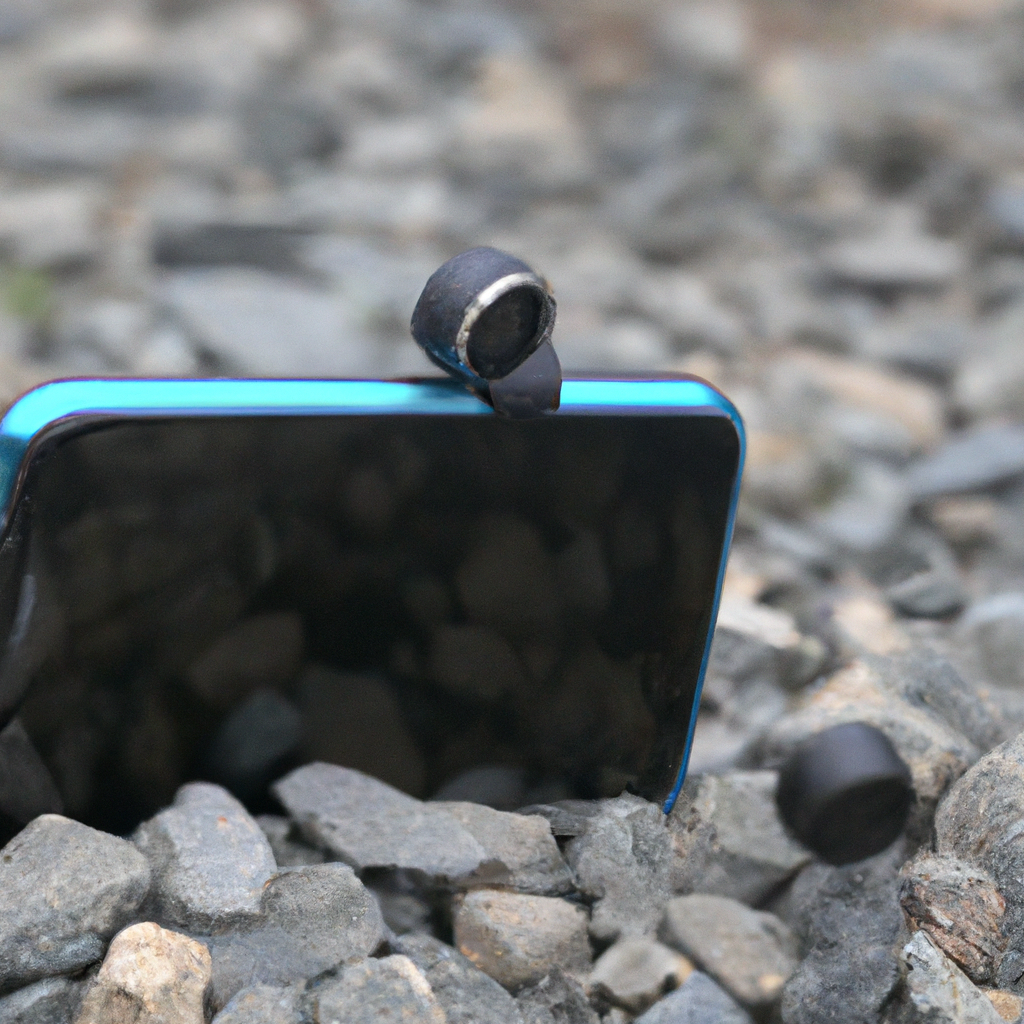A gyroscope is a device that detects and measures the orientation and angular velocity of an object in three dimensions. It is an essential component of a smartphone’s motion-sensing system, which enables various applications such as gaming, navigation, and virtual reality. In this article, we will explore how a gyroscope works in a smartphone, its sensors, and how it is used for motion tracking.
What is a Gyroscope?

A gyroscope is a spinning wheel or disk that rotates around an axis, which stays fixed in space. The axis of rotation is perpendicular to the plane of the disk, and as long as the disk is spinning, it will maintain its orientation in space. In other words, if you tilt or rotate the gyroscope, it will resist the motion and try to stay in its original position. This phenomenon is known as gyroscopic stability or rigidity.
How Does a Gyroscope Work in a Smartphone?
A gyroscope in a smartphone consists of a tiny MEMS (micro-electromechanical system) sensor that contains a vibrating mass, which is free to move in two perpendicular directions. The sensor is made of a silicon wafer, and the vibrating mass is suspended by tiny springs that allow it to move freely. When the smartphone moves, the vibrating mass moves too, and the gyroscope detects the changes in its orientation and angular velocity.
The gyroscope sensor in a smartphone works in tandem with other sensors such as the accelerometer and magnetometer to provide a complete motion-sensing system. The accelerometer measures linear acceleration, while the magnetometer measures the orientation of the smartphone with respect to the Earth’s magnetic field. By combining the data from these sensors, the smartphone can accurately detect its motion in three dimensions.
The Sensors in a Gyroscope
The gyroscope sensor in a smartphone consists of three major components:
- Gyroscope Sensor: The gyroscope sensor is a MEMS device that contains a vibrating mass suspended by tiny springs. The vibration of the mass changes when the smartphone moves, and the gyroscope detects the changes in its orientation and angular velocity.
- Accelerometer Sensor: The accelerometer sensor measures linear acceleration in three dimensions. It can detect whether the smartphone is moving up, down, left, right, forward, or backward.
- Magnetometer Sensor: The magnetometer sensor measures the orientation of the smartphone with respect to the Earth’s magnetic field. It can detect the direction in which the smartphone is pointing.
Motion Tracking with a Gyroscope
A gyroscope in a smartphone is used for motion tracking, which is the process of detecting and measuring the movement of the smartphone in three dimensions. Motion tracking is essential for various applications such as gaming, navigation, and virtual reality.
In gaming, the gyroscope is used to control the movement of the game character. For example, if you tilt the smartphone to the left, the game character will move to the left. In navigation, the gyroscope is used to detect the movement of the smartphone and determine its location. For example, if you are walking or driving, the gyroscope can detect your motion and guide you to your destination.
In virtual reality, the gyroscope is used to track the movement of the smartphone and provide an immersive experience. For example, if you are playing a virtual reality game, the gyroscope can detect your head movement and change the view accordingly.
Conclusion
In conclusion, a gyroscope is an essential component of a smartphone’s motion-sensing system. It detects and measures the orientation and angular velocity of the smartphone in three dimensions, and works in tandem with other sensors such as the accelerometer and magnetometer. The gyroscope is used for motion tracking in various applications such as gaming, navigation, and virtual reality. Understanding how a gyroscope works in a smartphone can help you appreciate the technology behind these applications and how they enhance our daily lives.






